Moving spring bulbs to make way for annuals
jrhodo
15 years ago
Related Stories
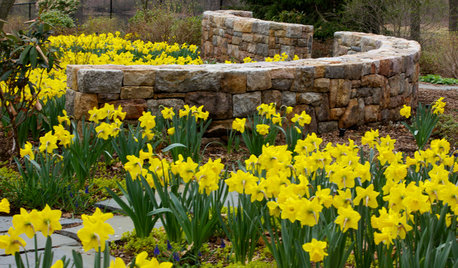
GARDENING GUIDES10 Beautiful Ways to Landscape With Bulbs
Planting bulbs wisely in fall can turn a spring garden glorious with joyful colors and profuse blooms that last through summer
Full Story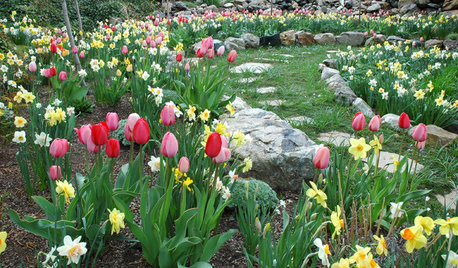
GARDENING GUIDESGardening With Kids: How to Plant Bulbs
You don't need expertise to get flowering bulbs in the ground in fall — but kids will feel like gardening pros come spring
Full Story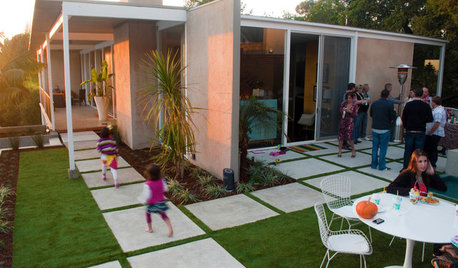
MOVINGHow to Make Your Move Easier for Your Family
Say goodbye to a much-loved home and settle in quickly to a new place with these tips for transitioning
Full Story
GARDENING GUIDES6 Unsung Bulbs for Fall Planting
Don't hang up your spade after summer — plant these unusual bulbs in fall for a spectacular spring show
Full Story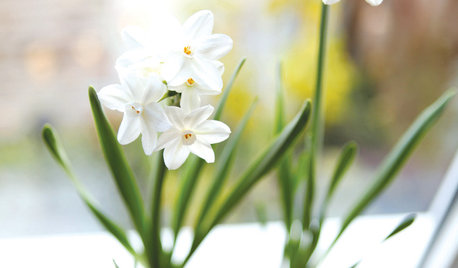
DIY PROJECTSHoliday DIY: Mason Jar Forced Bulbs and Evergreen Gift Tags
Learn how to make these winter projects from the book ‘Garden Made’ by Stephanie Rose
Full Story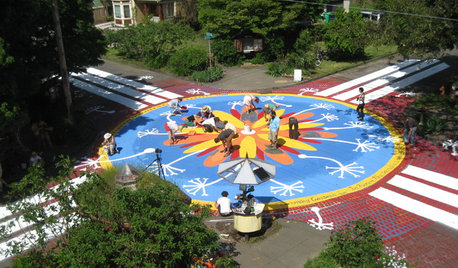
COMMUNITY15 Ways to Make Your Neighborhood Better
Does your community lack ... well, a sense of community? Here's how to strengthen that neighborly spirit
Full Story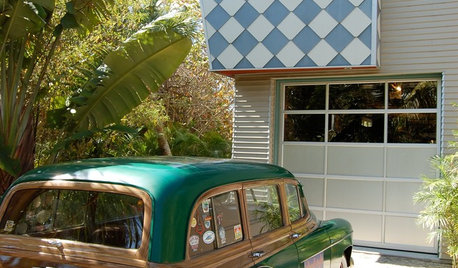
MOVINGRelocating? Here’s How to Make the Big Move Better
Moving guide, Part 1: How to organize your stuff and your life for an easier household move
Full Story
DECORATING GUIDESSingle Design Moves That Make the Whole Bedroom
Take your sleeping space from standard to extraordinary in one fell swoop
Full Story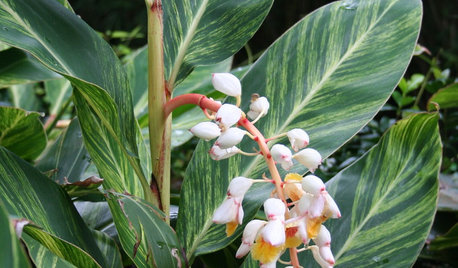
GARDENING GUIDES7 Tropical Bulbs for a Summer Garden That Wows
Try these stunners in summer's powerful heat for garden thrills with an exotic flair
Full Story
HOUSEPLANTSHow to Force Amaryllis Bulbs Indoors
Enjoy vibrant red blossoms even as gardens turn snowy white, by teaching this hardy repeat performer to ignore the calendar
Full StorySponsored






samiamvt
Embothrium
Related Professionals
Kenmore Landscape Architects & Landscape Designers · Leawood Landscape Architects & Landscape Designers · Milford Landscape Contractors · Addison Landscape Contractors · Cupertino Landscape Contractors · Edinburg Landscape Contractors · Harvey Landscape Contractors · Lyndhurst Landscape Contractors · Mashpee Landscape Contractors · South Farmingdale Landscape Contractors · Whitehall Landscape Contractors · Merrifield Landscape Contractors · Cincinnati Driveway Installation & Maintenance · Clermont Driveway Installation & Maintenance · Libertyville Driveway Installation & Maintenancegonativegal